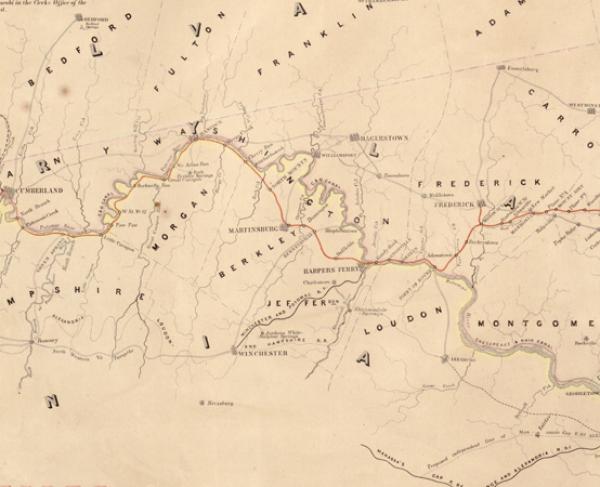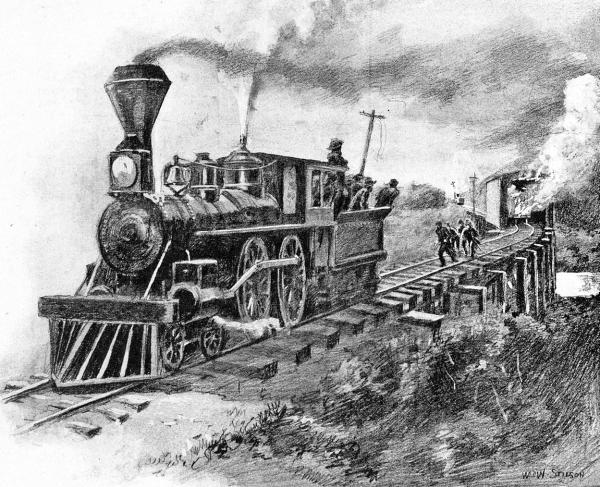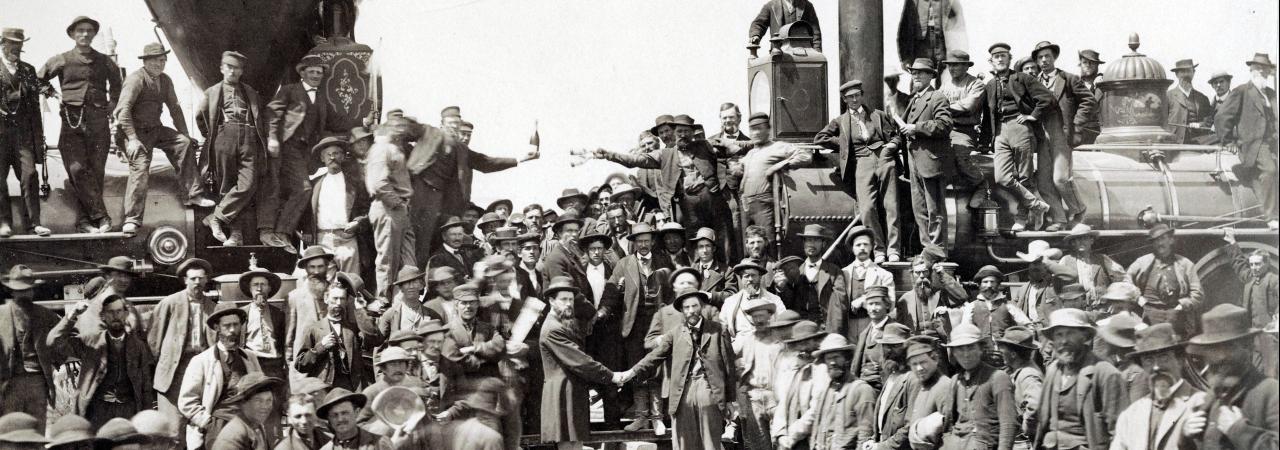
"East and West" by Andrew J. Russell
On July 1, 1862, well into the second year of the Civil War, President Abraham Lincoln signed the Pacific Railroad Act of 1862. While amid a country divided, the Pacific Railroad Act of 1862 opened the idea of a railroad that ran from the Missouri River to the Pacific Ocean. Under the Act, the Union government chartered the Central Pacific and Union Pacific Railroad companies to construct this colossal rail line. The Central Pacific Railroad Company started construction of the Transcontinental Railroad in Sacramento, California, while the Union Pacific Railroad Company started near the Iowa-Nebraska border. Both companies were promised vast amounts of land and government bonds for each mile of track laid down on the railroad. The federal government promised both companies three types of bonds for different types of track laid down. For track laid down on level land, the federal government promised each company $16,000 per mile, or about $461,000 today. For track laid down in foothills, the federal government would pay them $32,000 per mile, or about $922,000 today. And lastly, the federal government would pay each company $48,000 for each mile of track laid in mountains, or about $1,383,000 today. Not only did the federal government promise these bonds, but they also promised each company land grants. Congress granted the railroad companies 6,400 acres of government-owned lands for every ten miles of track laid to help create maintenance yards and sidings. The amount of land that the two companies received from the federal government equated to about the size of Texas. Between state and federal government land grants, the two companies owned about 180,000,000 acres of land by the end of construction. Thus started a competition between the two companies to see who could lay as much railroad track down as possible. The first rails were spiked in January of 1863. However, the bulk of the construction of the Transcontinental Railroad would not truly start until after the end of the Civil War.
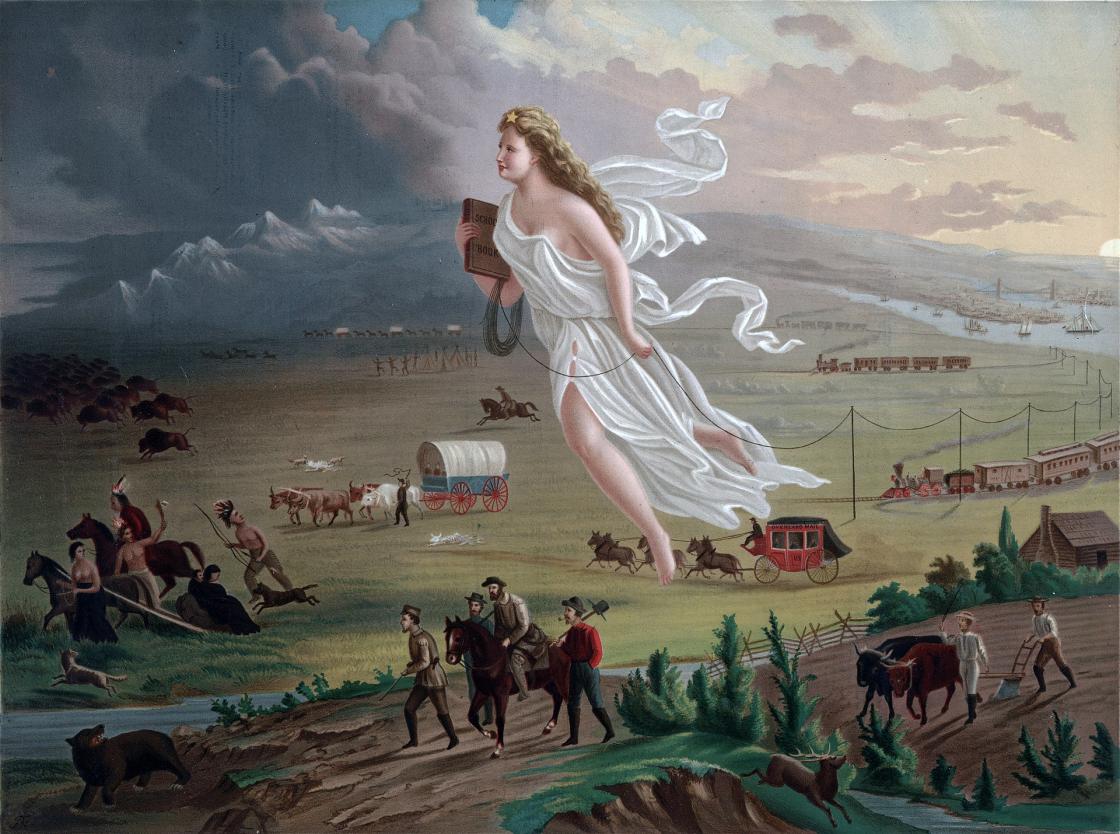
Construction of the railroad boomed in May of 1866. Civil War veteran General Grenville Dodge became Chief Engineer of the Union Pacific Railroad Company and began to ramp up production of the railroad. The Union Pacific Railroad Company also hired Civil War veterans from Union and former Confederate armies, and Irish immigrants to build their railroad. While constructing the railroad across the Great Plains, the company suffered relentless attacks from Sioux, Arapaho, and Cheyenne tribes trying to push back the encroaching progress of American industrial might on their ancestral homelands. Settlements in the Great Plains turned into towns, where alcohol consumption, gambling, prostitution, and general violence were prevalent. These settlements created the American mythos of the Wild West. Despite relentless attacks from Native American tribes, the Union Pacific Railroad Company moved through the Great Plains rather quickly compared to the Central Pacific Railroad Company.
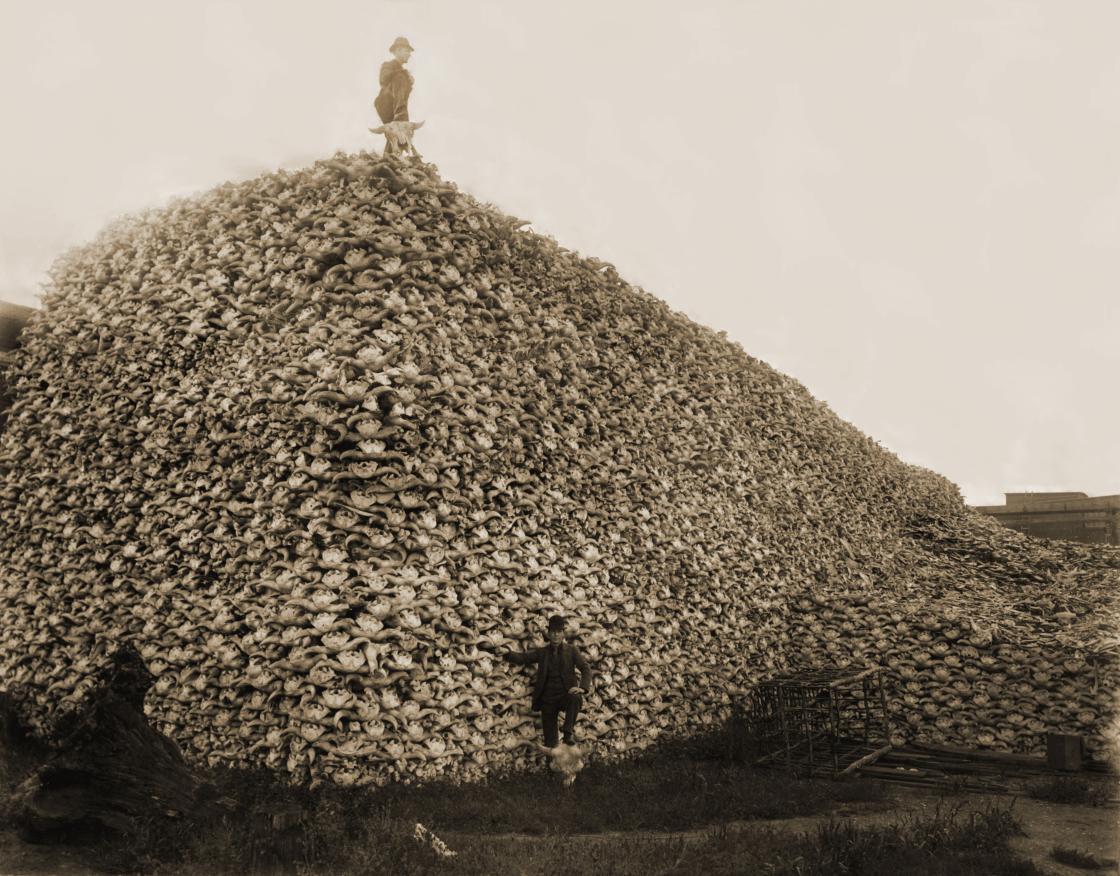
The Central Pacific Railroad Company moved slowly through the Sierra Nevada Mountains. The company suffered tremendously with worker retention due to how brutal the labor was. Charles Crocker of the Central Pacific decided to hire Chinese laborers, approximately 50,000, to work on the Transcontinental Railroad. The Chinese laborers proved to the Central Pacific that they were tireless workers. Another mantle that the Central Pacific Railroad Company faced was getting through the Sierra Nevada’s. To get through the Sierra Nevada’s, the Central Pacific built massive trestle bridges and blasted through the mountains with gunpowder and nitroglycerine. However, by June of 1867, many of the trestle bridges, tunnels, and the railroads were hastily built in an effort to get as much federal funding as possible, as well as be the company that got to Salt Lake City first.
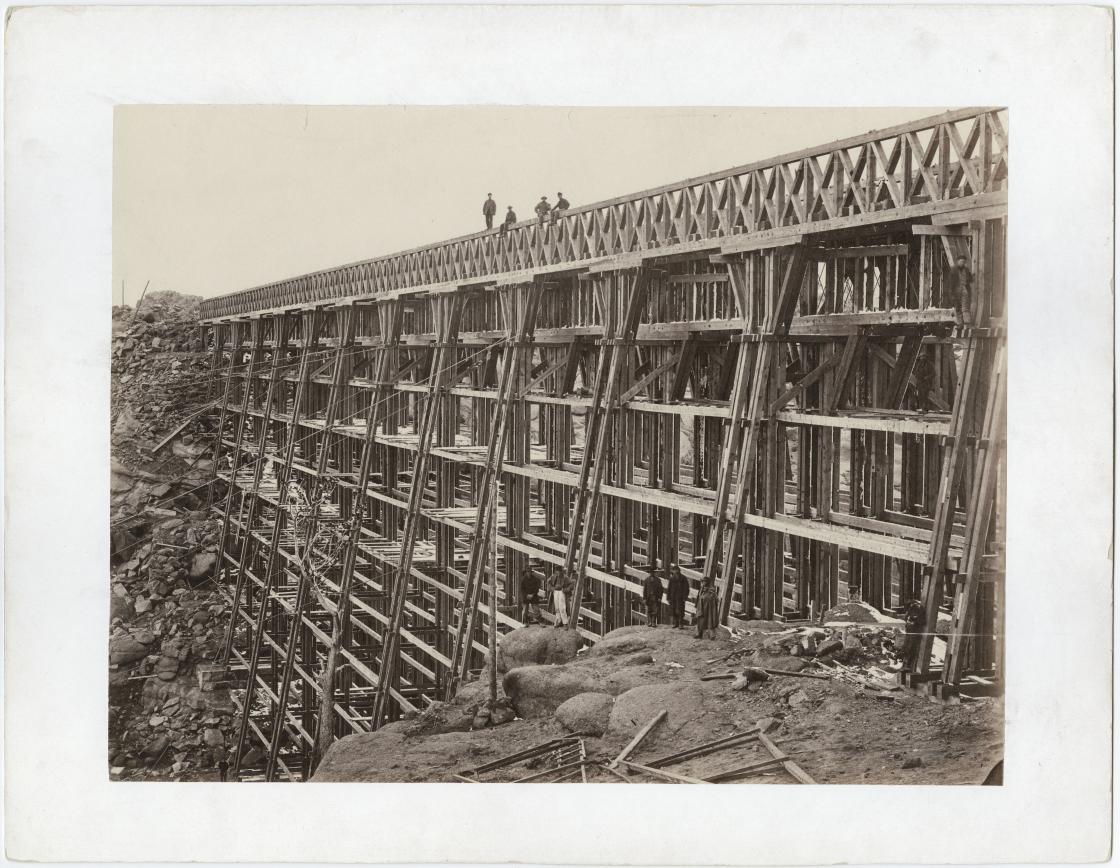
In early 1869, the two companies were within four miles from one another. Newly elected President and former Civil War General Ulysses S. Grant explained to the two companies that the federal government would withhold funding if they could not come up with a meeting point. Hastily, the two companies decided that they would meet at Promontory Summit, just north of the Great Salt Lake in Utah. On May 10, 1869, at 12:47 p.m., the final spike was driven into the last bit of track. Called the “Golden Spike Ceremony”, the last spike linked the two railroads to create a transcontinental railroad. Thus started the beginning of the American Industrial Revolution.
The Transcontinental Railroad helped facilitate American interests in the west. It allowed for far easier access to the western states. Instead of having to trek through the untamed wilderness or sail around South America, Americans could now ride on a train and get from Council Bluffs, Iowa to Sacramento, California in a matter of weeks. The Transcontinental Railroad also allowed for western goods to be more easily and quickly transported. However, with growing westward expansion by the United States, the Transcontinental Railroad also marked the beginning of escalating conflicts with Native Americans and settlers with greater access to the west.
Further Reading:
-
Nothing Like It In the World: The Men Who Built the Transcontinental Railroad 1863-1869 By: Stephen E. Ambrose.
-
Empire Express: Building the First Transcontinental Railroad By: David Haward Bain.
-
Railroaded: The Transcontinentals and the Making of Modern America By: Richard White.
